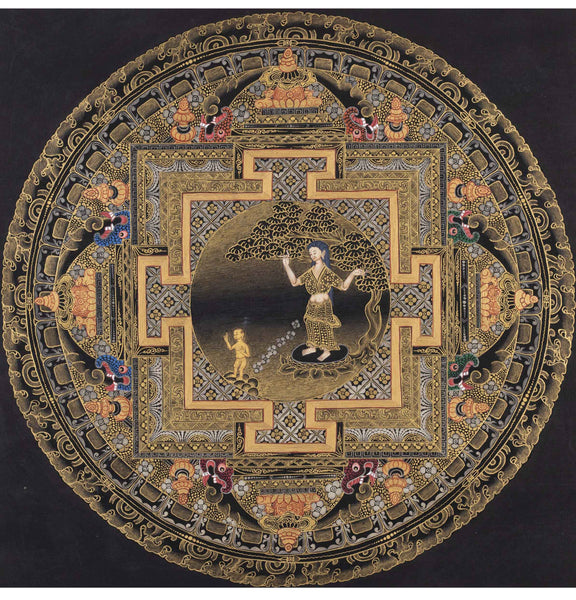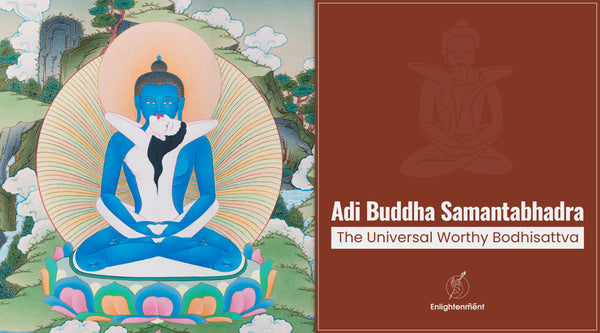Embracing the Grace of Goddess Maya Devi
Goddess Maya Devi is a revered figure in Buddhist history, her narrative woven with threads of divinity, maternal devotion, and miraculous occurrences. As the mother of Siddhartha Gautama, destined to become the enlightened Buddha, her story resonates deeply.
Through a thorough examination integrating ancient texts, archaeological discoveries, and Buddhist customs, this exploration aims to shed light on Maya Devi's life and enduring impact. It unveils the profound significance of her role in shaping the spiritual heritage embraced by millions worldwide.
Key Takeaways
- Maya Devi is revered as the mother of Siddhartha Gautama, the Buddha.
- The dream of the white elephant and the painless birth of Siddhartha are central to her story.
- Her legacy is immortalized in Buddhist art, scriptures, and the pilgrimage site of Lumbini, where devotees gather to honor her memory and reflect on the beginnings of the Buddhist path.
- The Lumbini Garden and Maya Devi Temple, recognized as UNESCO World Heritage Sites.
Who is Maya Devi?
Click here to view our Maya Devi Statue
Maya Devi, revered as the mother of the Buddha, embodies a tale steeped in the miraculous and sacred. Buddhist texts recount her life, marked by supernatural occurrences foretelling the exceptional destiny of her son, Siddhartha Gautama. From her dream of a white elephant to Siddhartha's painless birth, her story transcends mere motherhood, illustrating the divine interplay in the genesis of Buddhism.
Early Life and Marriage
Hailing from the noble Koliya clan, Maya Devi wed King Suddhodana of the Shakya dynasty, a union pivotal in birthing one of history's most esteemed spiritual leaders. Amidst the luxury and obligations of the royal court, her inner virtues of compassion and purity set her apart, laying the groundwork for her pivotal role in Buddhism's divine narrative.
Maya Devi Dream and Conception
The conception of Siddhartha unfolds through a prophetic dream, where she envisions a white elephant entering her womb, interpreted by court sages as a sign of a forthcoming great leader or spiritual master. The white elephant heralds the extraordinary nature of her unborn child, destined to attain Buddhahood, symbolizing purity and power.
The Birth of the Buddha
Click here to view our Maya Devi & Buddha Thangka
Maya Devi's journey to Lumbini and Siddhartha's birth beneath a sal tree epitomize the miraculous. Legend has it that Siddhartha emerged painlessly from Maya Devi's right side, immediately taking seven steps and affirming his final birth into the cycle of samsara. This event, central to Buddhist mythology, signifies a profound spiritual turning point, heralding the dawn of a new path to enlightenment.
Death and Legacy
Maya Devi's demise seven days postpartum adds a poignant dimension to her narrative, emphasizing themes of sacrifice and the fleeting nature of worldly existence. Her sister, Mahaprajapati Gotami, was responsible for nurturing Siddhartha and ensuring his upbringing within the royal customs. Though her life was cut short, her legacy persists within the Buddhist ethos, her existence revered as the vessel through which the Buddha was born on Earth.
Significance in Buddhism
- Symbolism & Teachings
In Buddhist philosophy, Maya Devi symbolizes purity and altruism, her life echoing the principles later expounded by her son. The miraculous circumstances surrounding Siddhartha's birth serve as a precursor to his groundbreaking teachings, highlighting the innate potential for enlightenment within every individual.
- Art & Iconography
Representations of Maya Devi in Buddhist art abound with symbolic imagery, from the white elephant of her dream to the serene depiction of divine motherhood. These artistic renderings serve as focal points for devotion, prompting contemplation on the intertwined themes of suffering, sacrifice, and liberation.
- Pilgrimage Sites
Lumbini Garden, the birthplace of the Buddha, stands as a testament to Maya Devi's enduring influence. People from around the globe converge at this sacred site to pay homage to the Buddha's mother, reflecting on the hallowed ground where the journey towards enlightenment commenced.
The Lumbini Garden and Maya Devi Temple Nepal
- UNESCO World Heritage Site
Lumbini Garden, designated as a UNESCO World Heritage Site, stands as a symbol of tranquility and spiritual enrichment, safeguarding the profound historical and spiritual heritage of Maya Devi and her son. Central to the site is the Maya Devi Temple, home to ancient relics and a key site for delving into the historical backdrop of the Buddha's teachings.
- Archaeological Significance
Recent excavations at Lumbini have yielded invaluable insights into the life of Maya Devi and the early Buddhist community. Uncovering ancient structures and artifacts, these discoveries establish a tangible link to the events chronicled in Buddhist scriptures, effectively bridging the gap between myth and historical reality.
Tale Of Buddha & Maya Devi: Abhidharma Pitaka in Tavatimsa
Tavatimsa Heaven, also known as the Heaven of the Thirty-Three Gods, holds significance as one of the six heavens within Buddhist cosmology's realm of desire (Kamaloka).
According to Buddhist beliefs, the Buddha ascended to Tavatimsa Heaven to observe the three-month rainy season retreat (Vassa), primarily to impart teachings from the Abhidhamma Pitaka to his mother, Queen Maya, who had been reborn there.
- The Teaching of the Abhidhamma
The Buddha's decision to impart the Abhidhamma in Tushita Heaven, particularly to his mother, underscores the profundity and intricacy of Buddhist teachings.
The Abhidhamma Pitaka, a core component of the Pali Canon, forms the doctrinal backbone of Theravada Buddhism. It offers meticulous analyses of the mind, phenomena, and consciousness processes, systematically exposing the Dharma.
- The Descent
The Buddha's descent from Tavatimsa Heaven is commemorated on the full moon day of Ashvin (September-October), recognized as Lhabab Duchen in Tibetan Buddhism. According to traditional narratives, the Buddha descended at Sankassa and welcomed by a vibrant assembly comprising disciples, deities, and humans.
Facilitated by a triple ladder crafted from gold, silver, and jewels by the god Indra, the Buddha descended via the middle ladder of gold, symbolizing his return to the human realm and his pivotal role as a mediator between the divine and the earthly realms.
The story of Maya Devi is a foundational element of the Buddhist tradition, encapsulating themes of divinity, maternal sacrifice, and the miraculous birth of a spiritual leader. Her legacy, preserved in scriptures, art, and the sacred site of Lumbini, continues to inspire and guide those on the path to enlightenment. As the mother of the Buddha, shei represents the ultimate expression of compassion and purity, her life a beacon for all who seek understanding and liberation.


